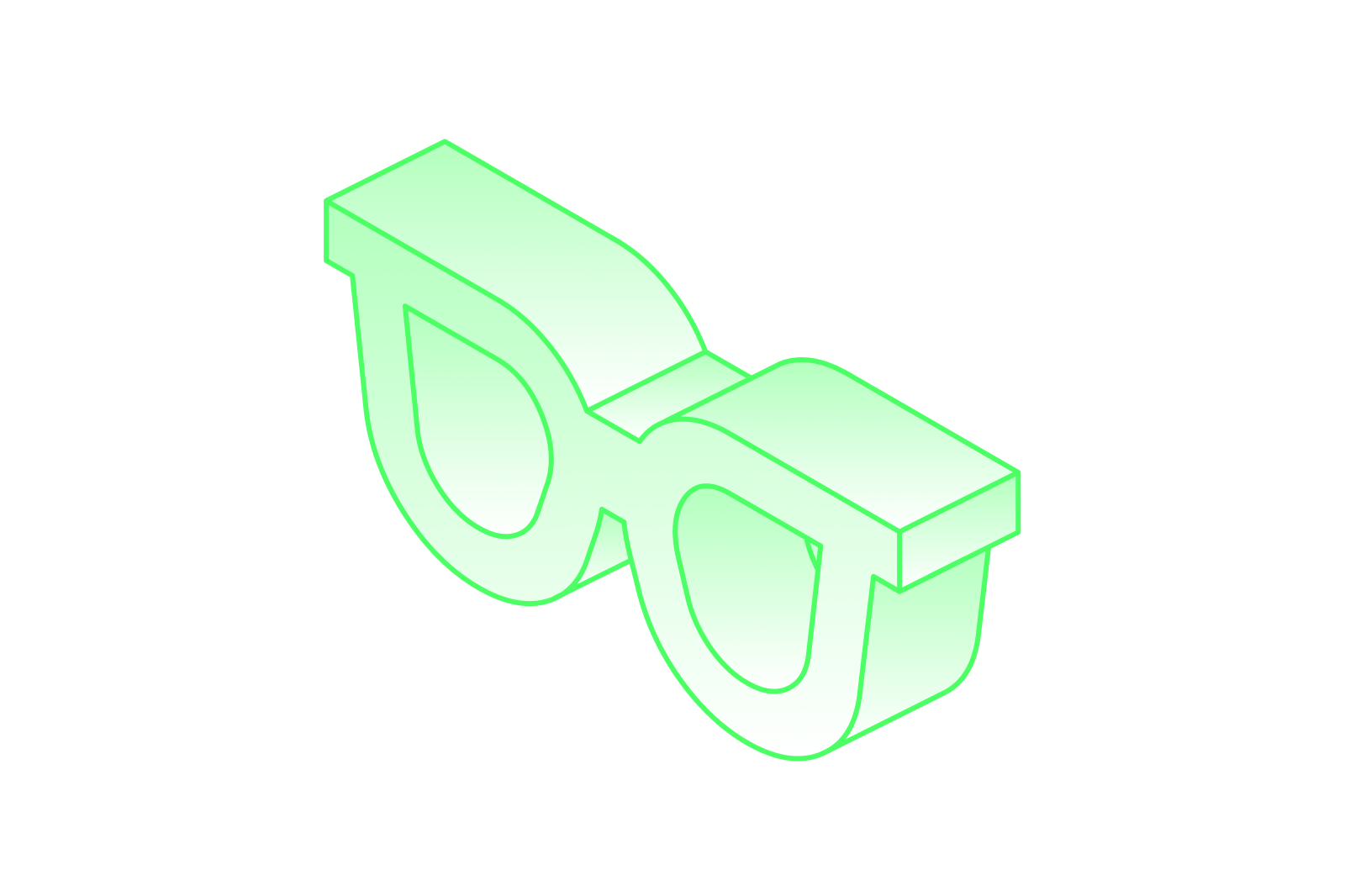How do you create compelling presentations that wow your colleagues and impress your managers? Find out with our in-depth guide on UX presentations.

UI/UX design is no longer just about screens—it’s about experiences that feel intelligent, immersive, and intuitive. With the rise of AI, AR, and VR, we’re entering a new era of product design where the boundaries between digital and physical blur, and designers are no longer just creators—but experience architects.
As a product designer working with AI tools and exploring immersive technologies, I’ve seen firsthand how these innovations can act as creative shortcuts and competitive advantages when used strategically. In this post, I’ll break down how AI, AR, and VR are transforming UI/UX—and what that means for the future of product design.
Startups and tech companies are racing to build smarter, faster, and more immersive user experiences. AI tools are replacing repetitive design tasks. AR and VR are redefining how users interact with products. The teams that adapt first don’t just build better—they ship faster and differentiate sooner.
AI is becoming an integral part of the design workflow—from automated wireframing and prototyping to predictive UX suggestions based on user data.
Tools like Figma AI, Framer AI, and Midjourney are helping designers go from idea to execution in minutes. These tools don’t just save time—they unlock new creative possibilities.
In my own process, I often use AI to:
It’s not about replacing designers—it’s about amplifying creativity and reducing friction.
AR (Augmented Reality) and VR (Virtual Reality) are pushing UI/UX into three-dimensional spaces. This is especially relevant for:
In these environments, UX design goes beyond buttons and layouts. You’re designing interactions in space, guiding the user through movement, gesture, and presence.
As a designer, this requires a new mindset: thinking in depth, time, and emotion.
What excites me most is how these tools act as creative accelerators. AI can handle repetitive UI tasks, AR can turn static content into dynamic layers, and VR can simulate full product journeys before a line of code is written.
Together, they allow you to:
In short: you build smarter, validate quicker, and design experiences that feel like tomorrow.
In the near future, users will expect:
As designers, we have to evolve too—leveraging AI for efficiency, AR/VR for immersion, and staying deeply human in how we shape interactions.
AI, AR, and VR are not “next-gen” anymore. They’re here now, and they’re already changing how great products are built. If you want your product to lead—not follow—it’s time to embrace these tools.
If you’re looking to design intelligent, immersive, future-ready digital experiences, let’s talk. I help teams integrate these technologies into usable, lovable interfaces—without overcomplicating the process.
👉 Book a free discovery call: https://cal.com/uiants/projectdiscussion
Let’s explore how to bring your vision to life—faster, smarter, and bolder.
Explore what we offer and how we can bring your ideas to life.
Crafted, user-friendly UI for iOS & Android apps that convert.
Scalable, clean, and conversion-focused UI for modern SaaS platform
Modern, responsive websites tailored to your brand goals.
Investor-ready pitch decks that tell your story and sell your vision.
Visual identity that stands out — from logos to style guides.
Expert guidance to improve user flow, retention, and usability.
Ready to get started?
Need Support ?